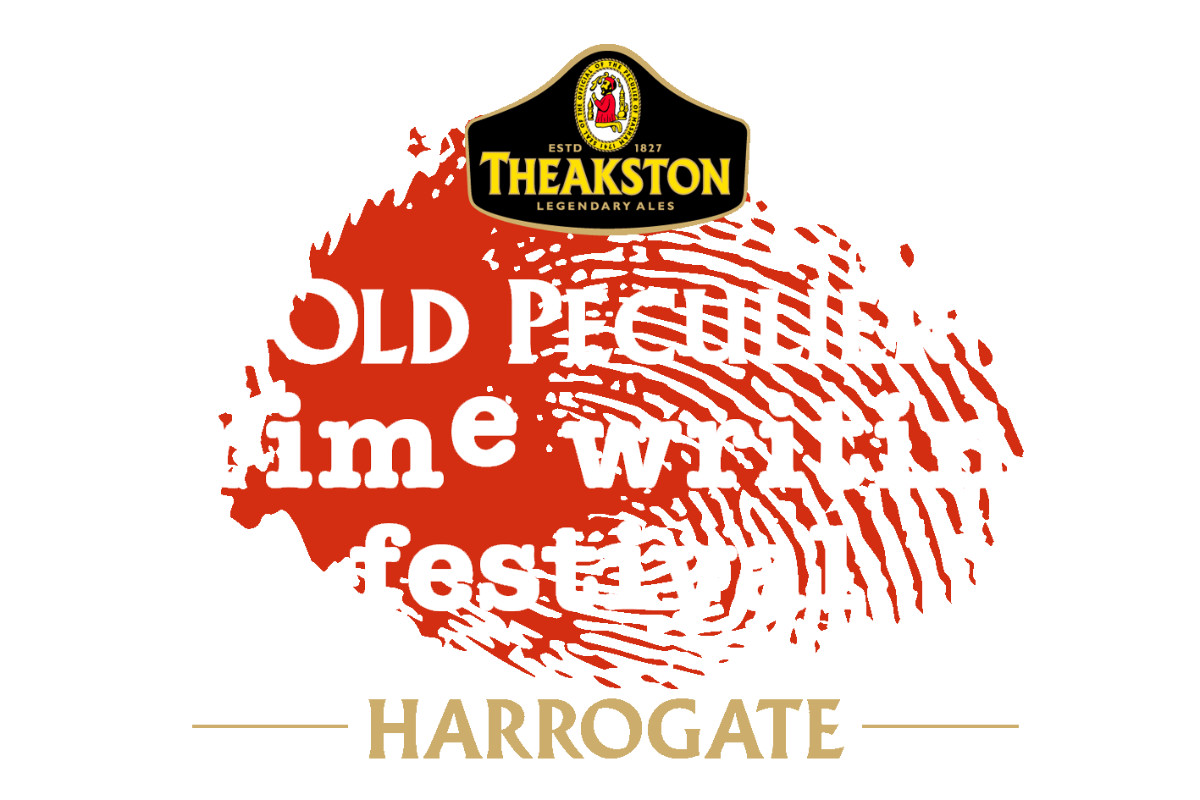On the third of July 1938, Mallard became the world’s fastest steam locomotive, marking a pinnacle in British engineering design.
And to celebrate the 75th anniversary of this major achievement, the flower bed at Knaresborough Castle’s surprise view, looking down to the stunning River Nidd railway viaduct, has been planted to depict Mallard in all its colourful glory.
Councillor Pat Jones, Harrogate Borough Council’s Cabinet Member for Cultural Services, explains that the Parks Team picks celebration events to create horticultural decorations for the summer season. “And whilst plants will never break any speed record, this Mallard bed will certainly attract visitors to this iconic landmark.”

And the group behind are the borough council’s award winning gardeners who look after parks and open spaces in Knaresborough
In 1938, No 4468 Mallard (built at LNER’s Doncaster Works) was chosen for the latest attempt on the world steam speed crown because it was the first of the class to be fitted with a double chimney. Due to the subsequent evolution of diesel traction and the outbreak of the Second World War, Mallard’s record still stands as a marker in global history and to this day inspires a sense of national pride that a British steam locomotive is still recognised as the fastest in the world.
The steam legend was recorded as reaching the awe-inspiring speed of 126mph on the East Coast Main Line, breaking the existing German record of 124 mph set in 1936. Mallard covered almost one and a half million miles before it was retired in 1963.
It was restored to working order in the 1980s, but has not operated since, apart from hauling some specials between York and Scarborough in July 1986 and a couple of runs between York and Harrogate/Leeds around Easter 1987.
Mallard is now part of the National Collection at the National Railway Museum in York. And Sue Wood, Harrogate Borough Council’s Horticultural Officer, has been working closely with the Museum which will host ‘The ‘Great Gathering’ of Mallard and her sisters between 3 July – 17 July
Sue added:
Technically the bed hasn’t been too difficult to design. Mallard is painted LNER garter blue with red wheels, so we have planted the body in Pansy Ultima True Blue and we have used Begonia Super Olympia Red for the wheels.” And as well as the East Coast link with Knaresborough, there is also a strong link to Ripon’s T&R Williamson, the leading supplier of specialist paints and protective coating systems, who have provided the paint for the restoration of Mallard her five surviving sisters.
Anthony Coulls Senior Curator of Railway Vehicles at the National Railway Museum said:
From Mallard-themed pop songs and pub signs, to beverages and flower beds, it’s amazing how Mallard’s unsurpassed record still continues to capture the imagination of the British public. It’s great that the nation is clearly on board as we celebrate the 75th anniversary of the legendary locomotive breaking the world steam speed record.
HRH The Prince of Wales is Patron of Mallard 75, the National Railway Museum’s spectacular season of events the pinnacle of which is Mallard and her five surviving sister A4 Pacific Class locomotives gathered together around the Museum’s Great Hall turntable – a sight never seen before.






